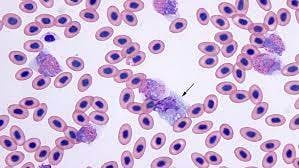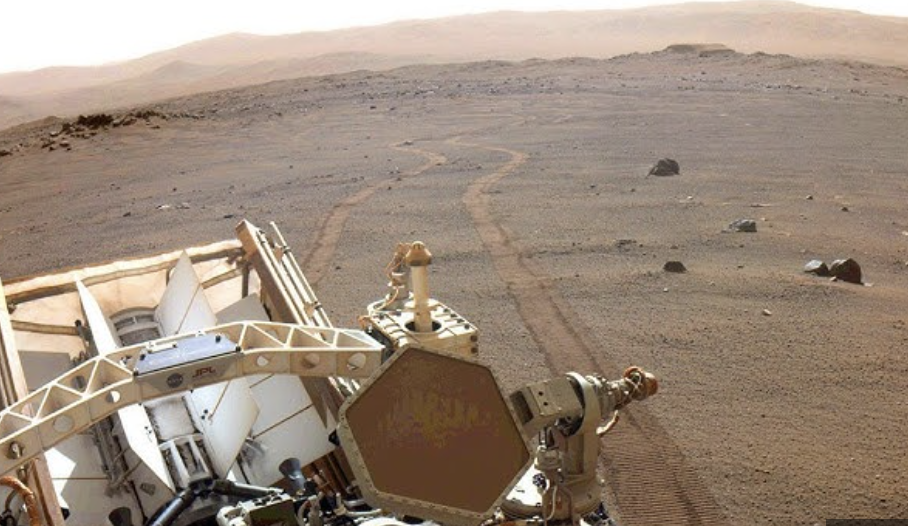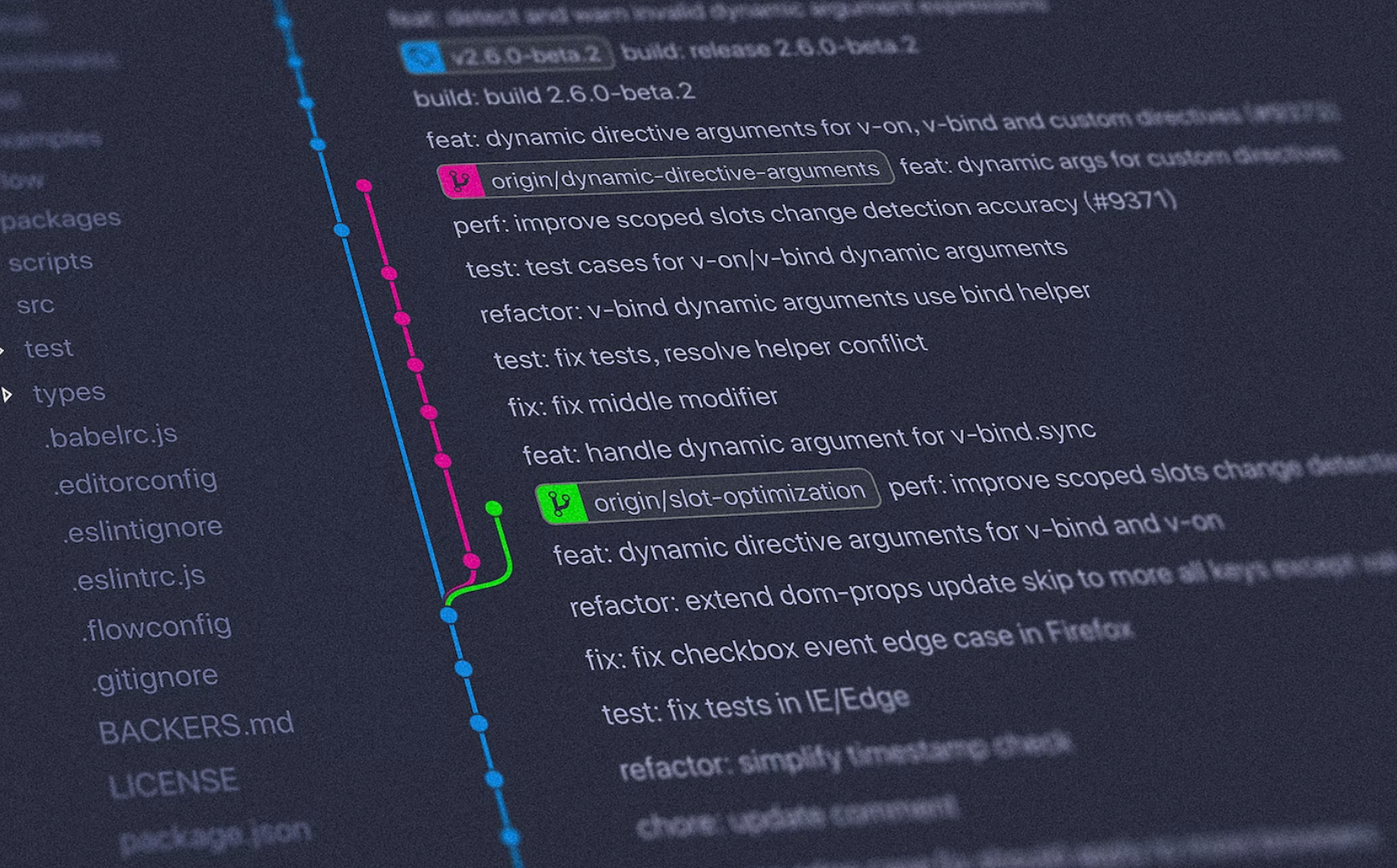Fruit flower detection in apple orchards using ML

Summary: Researchers from the University of Guelph recently demonstrated the effective use of machine vision and learning technologies to support the development of smart agriculture.
Challenge: Apples are typically a tree fruit crops grown worldwide with an estimated annual production of 124 million. To increase economic sustainability and compete globally, apple growers are strategically improving returns by adopting new cultivars, rootstocks and orchard management practices that improve fruit quality.
Additionally, there is also an urgent need to reduce labour, which accounts for over 60% of production costs. The researchers presented the application of machine vision and learning techniques to detect and identify the number of flower clusters on apple trees leading to the ability to predict the potential yield of apples. The current issue in the agriculture field is that most of the machinery currently being used requires worker supervision. The inclusion of automated machinery can greatly increase the yield produced compared to manual labour and lessen the load required as it is a very labour-intensive job. The inclusion of automation can drastically increase the efficiency of the operation as well as the quality.
The most challenging problem is dealing with occlusion as there are usually many objects in a dense location in an agricultural setting. Another important challenge that must be considered when designing an object detection system in agriculture is illumination. Due to most operations occurring in an outside environment, variance in natural lighting can greatly affect the performance of the object detection algorithm. Other challenges consist of similar appearance, such as shape and color, as well as multi-fruit detection cases.

Findings: A new field robot was designed and built to collect and build a dataset of 1500 images of apples trees. The trained model produced a cluster precision of 0.88 or 88% and a percentage error of 14% over 106 trees running the mobile vehicle on both sides of the trees. The detection model was predicting less than the actual amount but the fruit flower count is still significant in that it can give researchers information on the estimated growth and production of each tree with respect to the actions applied to each fruit tree. Their research helps lay the foundation for future application of machine vision and learning techniques within apple orchards or other fruit tree settings.
How Labelbox was used: The researchers collected and properly filtered the images and transferred them from a storage device to OneDrive for easy access on multiple platforms. The entire labelling process used Labelbox, which allowed the process to operate collaboratively working on labeling the dataset as there is no need in transferring and downloading large number of photos. The platform was also chosen because it keeps track of how many photos still need labelling and the estimated time it took per photo. The platform was also very easy to use as there were no other external setup needed other than an account to the service.
With the help of hired undergraduate students at the University of Guelph, it took about a month to completely label 1499 photos. The photos consisted of a mixture of close-up and zoomed-out photos which involved classes, labelled as “Fruit Flower Single”, “Fruit Flower Cluster” and “Tree”.

You can read the full PDF here.

 All posts
All posts

